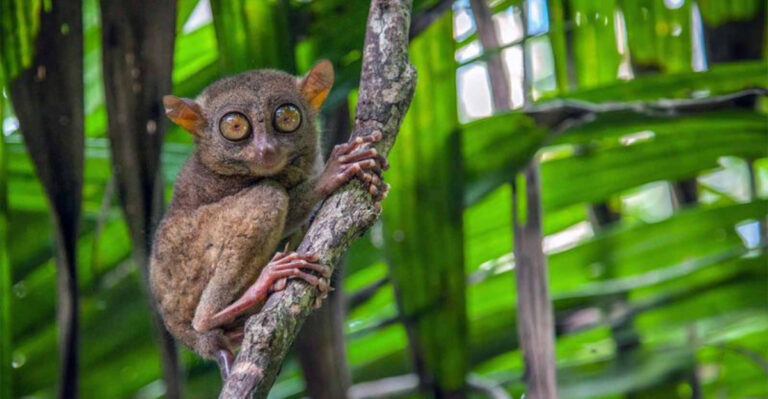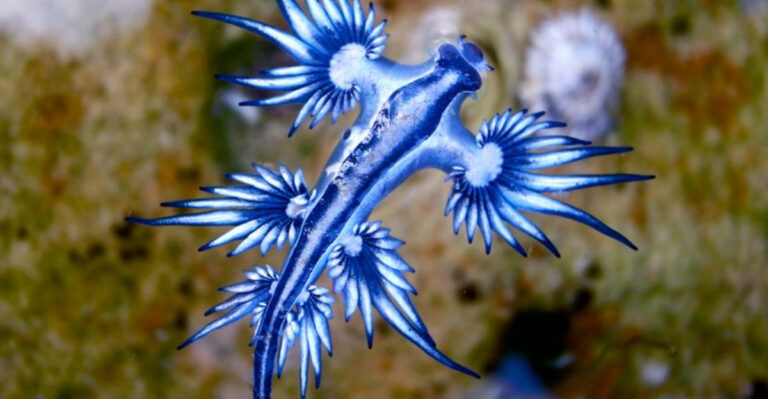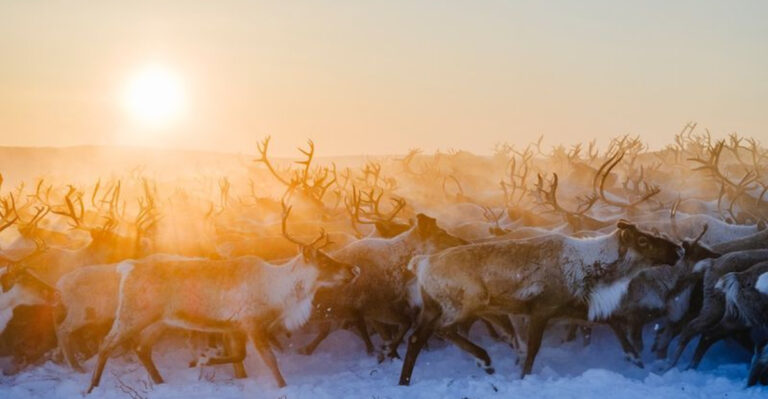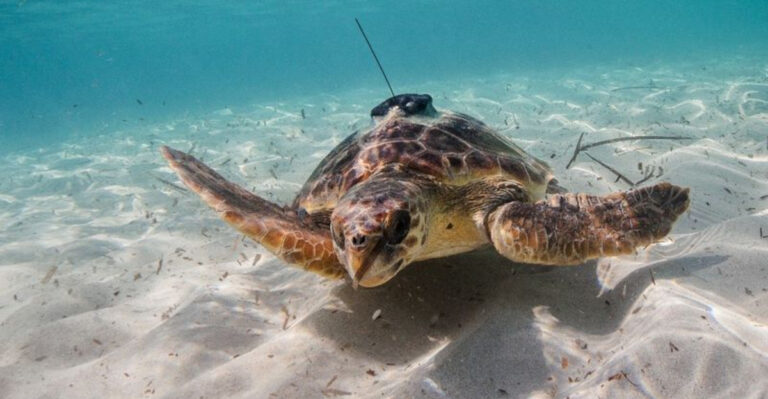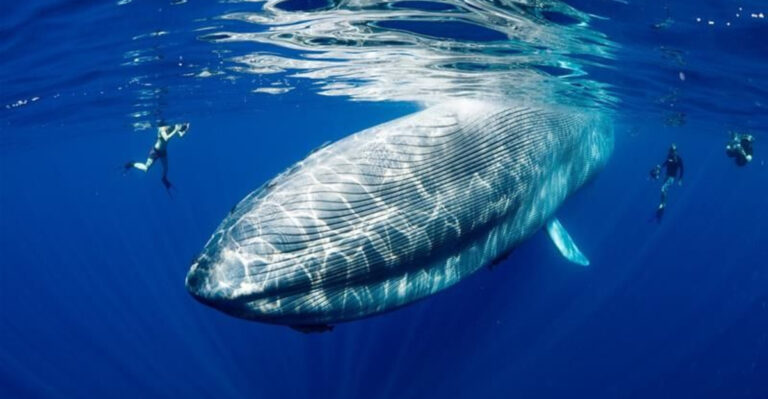How Wild Animals Cope With Broken Bones In The Harshest Conditions

When wild animals break bones, they face life-threatening challenges without the luxury of medical care. Unlike pets or humans, they must heal while still finding food, avoiding predators, and surviving harsh weather.
The remarkable ways animals adapt to these injuries reveal nature’s resilience and the incredible survival strategies that have evolved over millions of years.
1. Natural Healing Powers
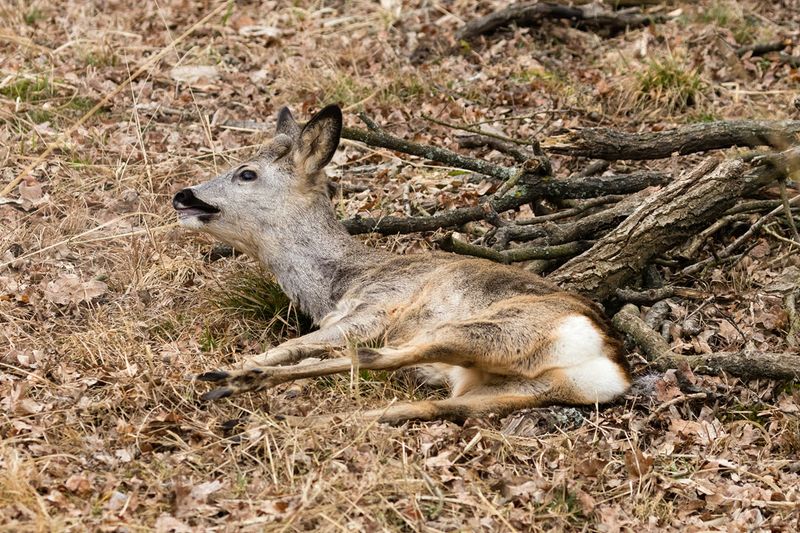
Wild deer can recover from fractured legs without human intervention. Their bodies produce extra cartilage around the break, creating a natural cast that stabilizes the bone.
Amazingly, some deer have been documented walking normally just weeks after serious breaks. Their bodies redirect calcium to the injury site, accelerating bone repair while they hide in dense vegetation.
2. Birds’ Fatal Wing Injuries
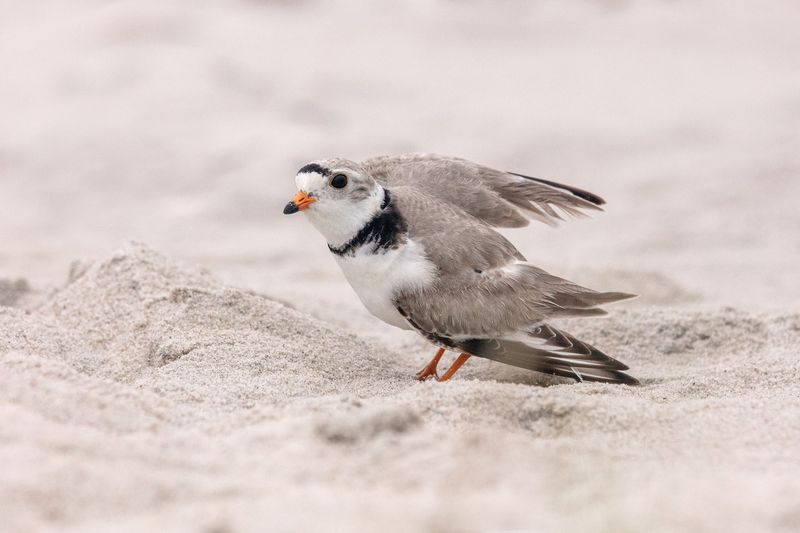
For birds, a broken wing often means certain death. Unable to fly, they can’t escape ground predators or access their normal food sources high in trees or across distances.
Researchers have observed that grounded birds typically survive less than 48 hours in predator-rich environments. Some water birds fare slightly better, using waterways for movement and protection while healing.
3. Big Cats’ Remarkable Adaptability
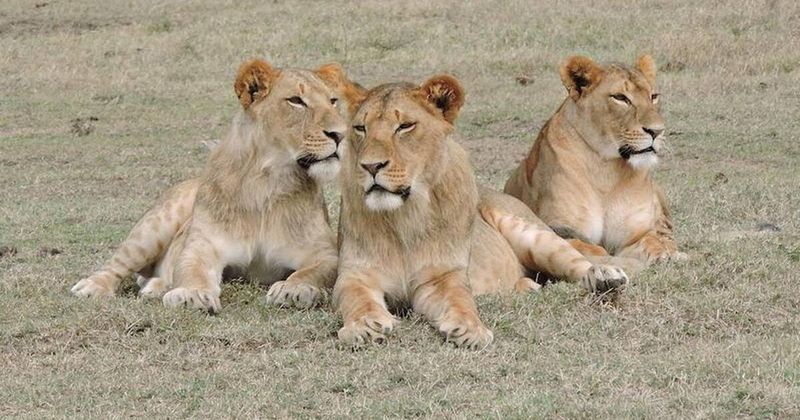
Lions with healed leg fractures have been documented thriving in the wild. One famous lioness in Kenya’s Maasai Mara developed a distinctive hunting style after breaking her femur.
Rather than abandoning her, the pride adjusted their hunting techniques. They would drive prey toward her waiting position, allowing her to ambush without needing to run long distances.
4. Primate Support Systems
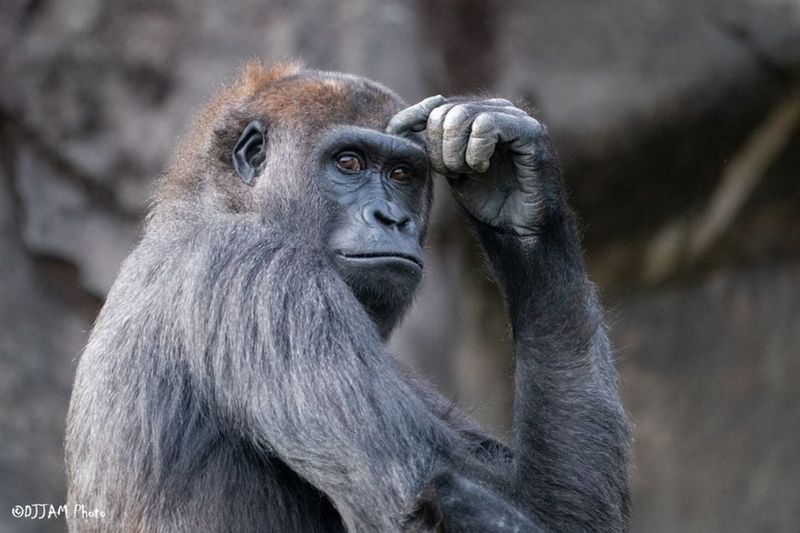
Chimpanzees show remarkable compassion toward troop members with broken limbs. In Uganda’s Kibale Forest, researchers documented a young male with a snapped forearm receiving food shares from unrelated adults.
The injured chimp was even carried during group movements. This social support allowed his arm to heal over several months, though it remained slightly deformed.
5. Reptiles’ Slow But Effective Recovery
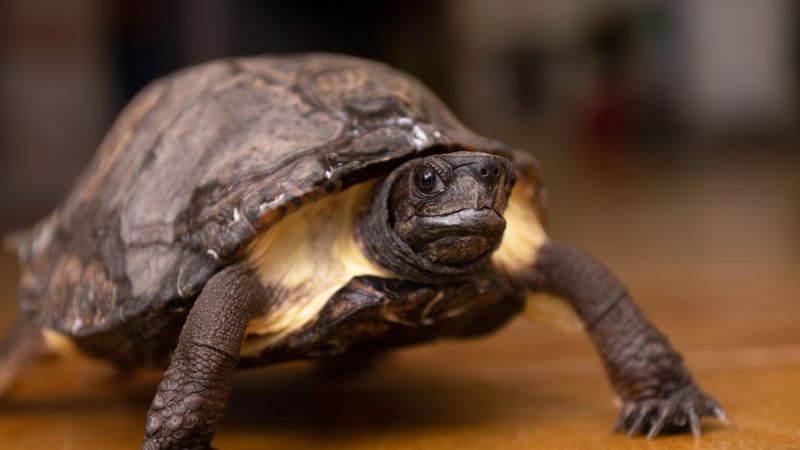
Cold-blooded metabolism gives reptiles an unexpected advantage when healing. A turtle with a cracked shell might take a year to fully heal, but its slow metabolism means it needs less food during recovery.
Desert lizards with broken tails or legs often burrow underground, entering a semi-dormant state. This reduces their energy needs while providing protection during the vulnerable healing period.
6. Small Mammals’ Survival Struggle
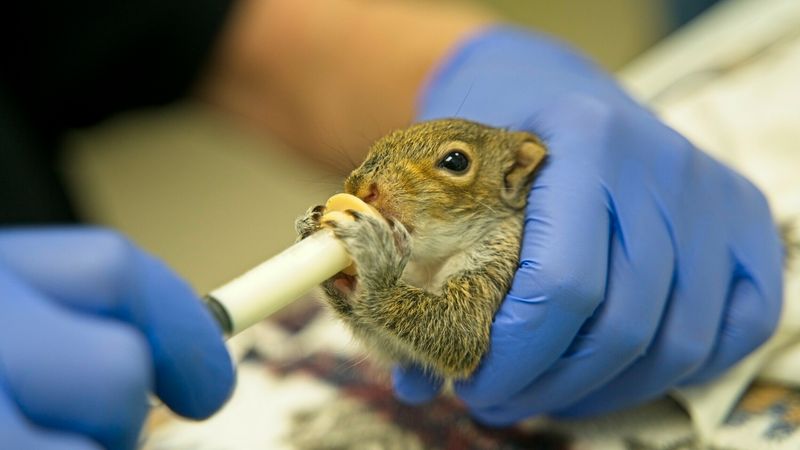
A squirrel with a broken leg faces nearly impossible odds. Their high-energy lifestyle requires constant foraging, while their size makes them targets for numerous predators.
Field studies show that injured rodents typically survive less than 72 hours. Their rapid metabolism prevents them from fasting during healing, forcing dangerous movement despite injuries.
7. Elephants’ Weight-Bearing Challenges
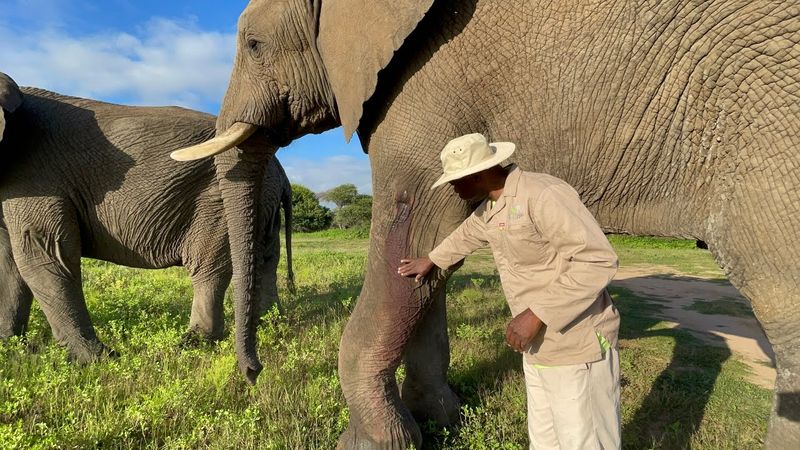
Fractured legs present unique problems for massive elephants. A 12,000-pound body puts enormous pressure on healing bones, yet elephants sometimes recover from these seemingly catastrophic injuries.
Family groups slow their travel pace for injured members. Matriarchs have been observed leading herds to areas with soft ground and abundant food, creating ideal recovery conditions for wounded elephants.
8. Amphibians’ Regenerative Limitations
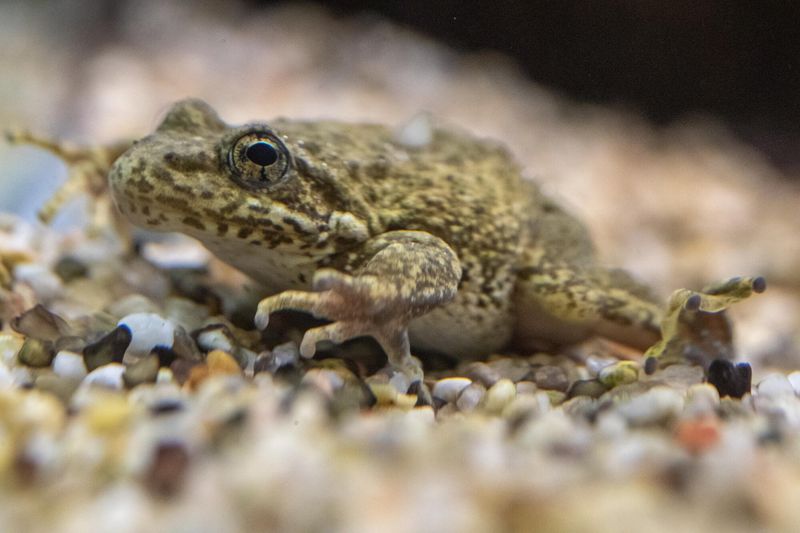
Frogs and salamanders possess remarkable regenerative abilities for certain tissues but struggle with bone fractures. A frog with a broken leg becomes easy prey, unable to make life-saving leaps.
Aquatic species fare better than terrestrial ones. Water provides buoyancy that reduces stress on broken limbs while offering protection from many predators during the vulnerable healing period.
9. Wolf Pack Healing Support
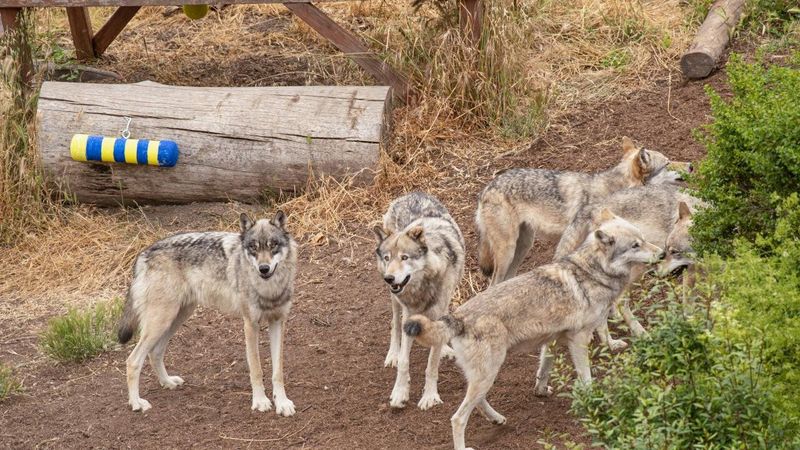
Wolves demonstrate remarkable pack care for injured members. Researchers in Yellowstone documented a female wolf surviving a broken leg thanks to her packmates.
The injured wolf remained at rendezvous sites while others hunted. Upon return, healthy wolves would regurgitate meat for her. This cooperative behavior allowed complete healing over three months, though she retained a permanent limp.
10. Marine Mammals’ Underwater Struggles
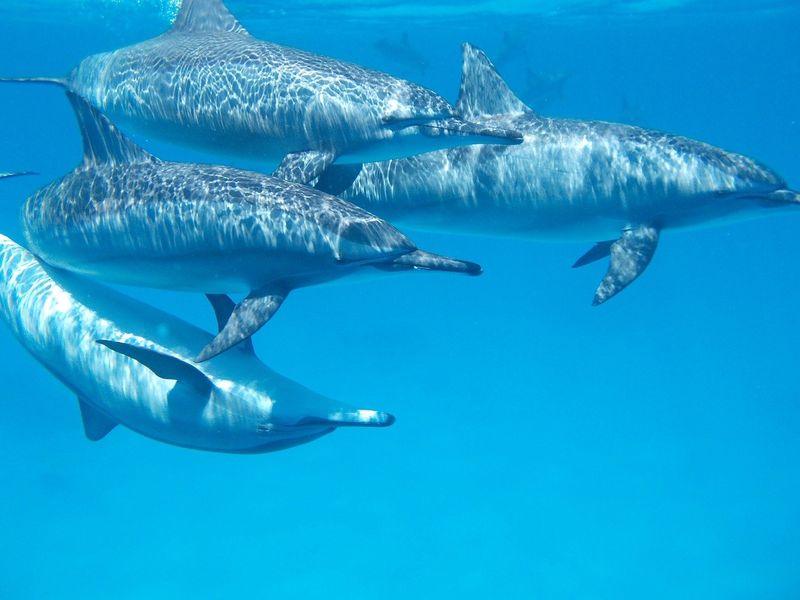
Dolphins with broken fins face extraordinary challenges. Water provides some support, but the need to surface for breathing becomes dangerous with limited mobility.
Pod members sometimes adapt by swimming alongside injured dolphins, physically supporting them during breathing. Despite this help, studies show that seriously injured dolphins often separate from their pods, suggesting many don’t survive long-term.
11. Antler And Horn Recovery
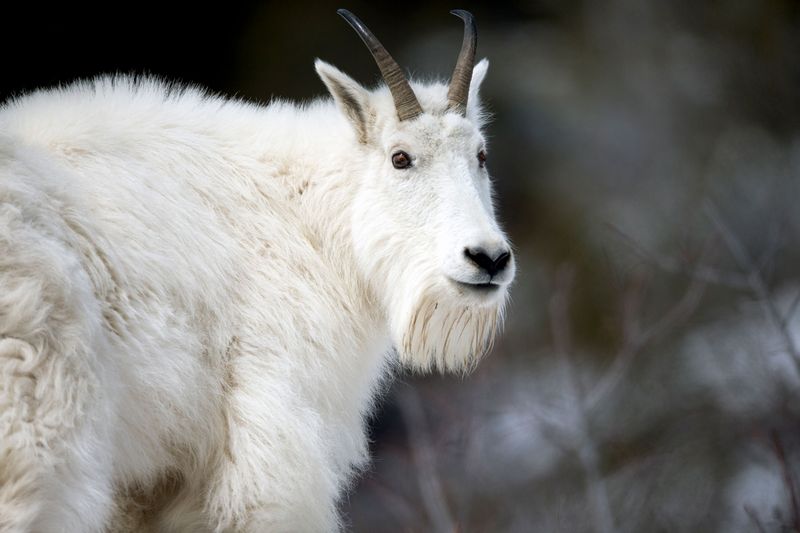
Unlike limb fractures, broken antlers don’t threaten immediate survival. Male deer regularly break antler tips during rutting season battles without significant consequences.
Broken horns on mountain goats and sheep present greater challenges since horns don’t regrow completely. These animals adapt by adjusting fighting techniques, often developing asymmetrical combat styles that protect their vulnerable side.
12. Location Determines Survival Chances
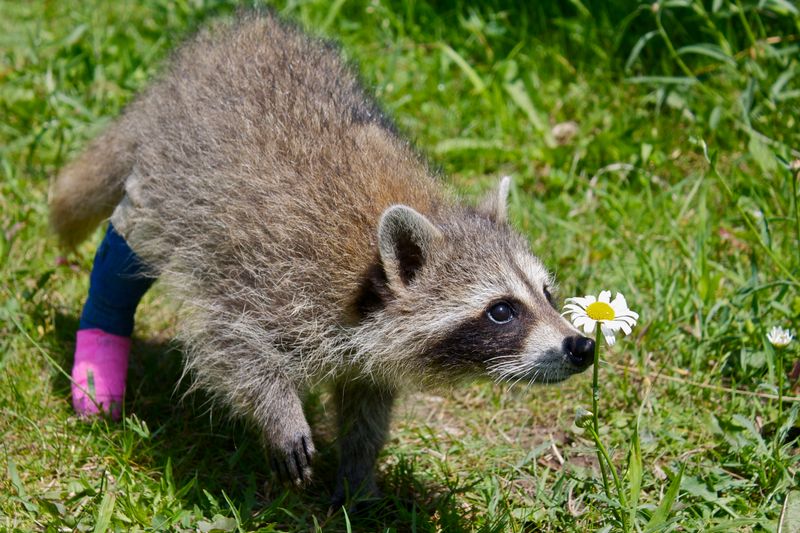
The position of a fracture often determines whether a wild animal lives or dies. Breaks near joints typically heal poorly, causing permanent disability that compromises hunting or escape abilities.
Clean breaks midway along leg bones have the best healing prospects. Spinal injuries, however, are almost always fatal in the wild, as they prevent essential movement for finding food and water.

